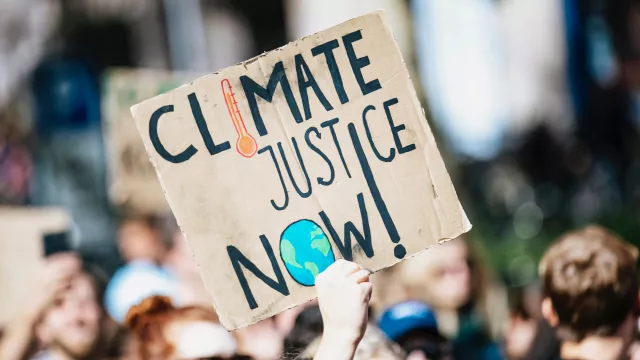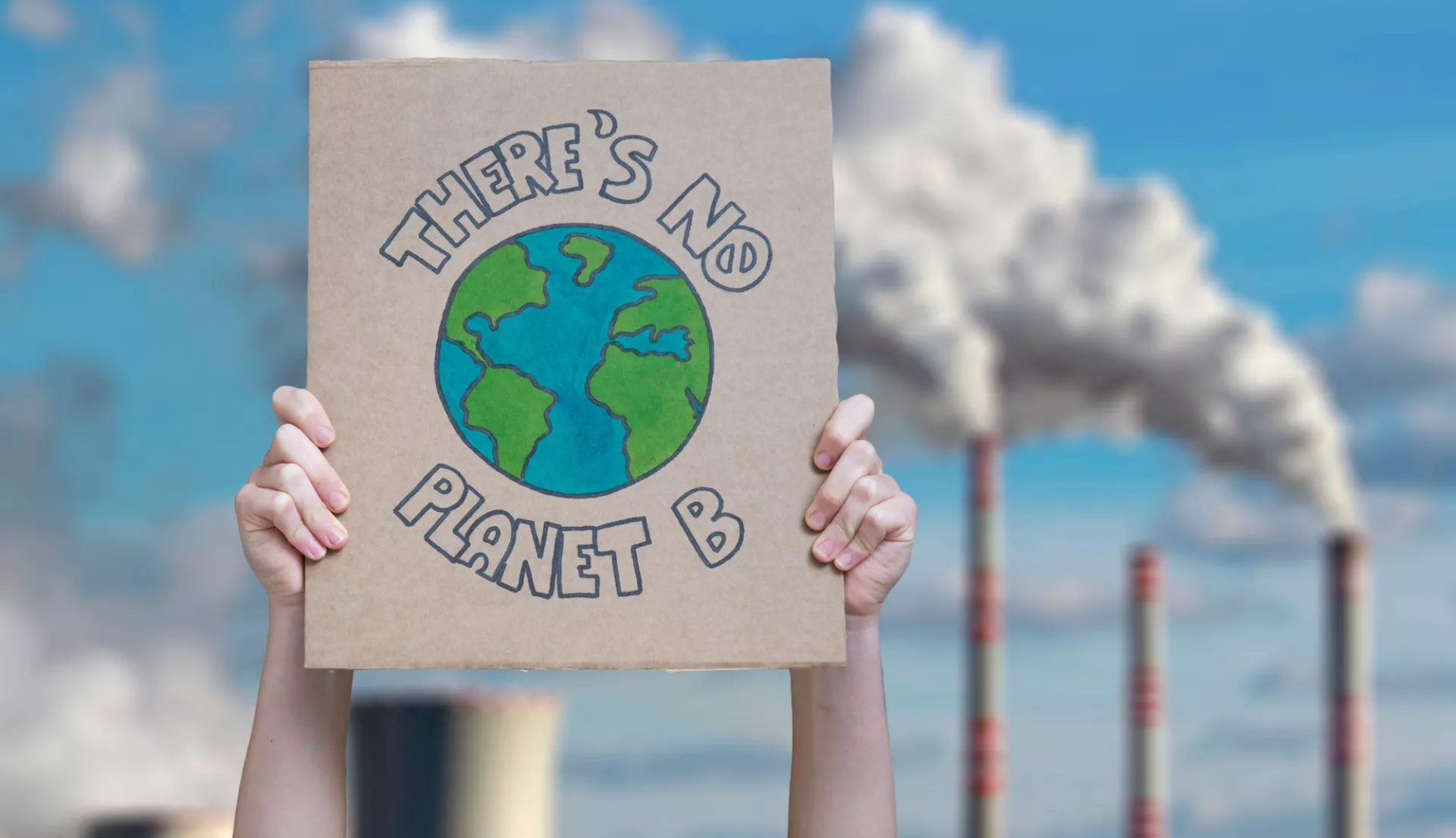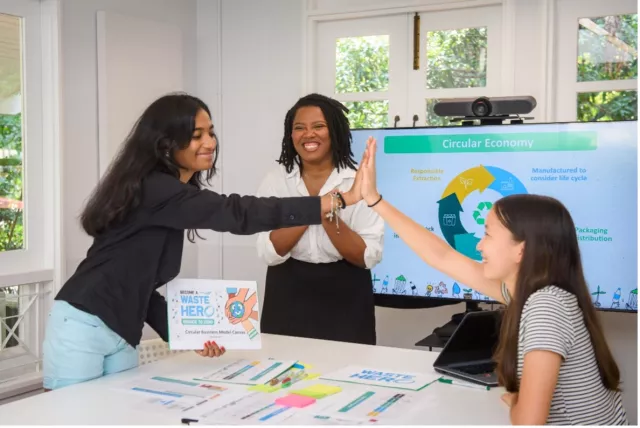Dylan Wince teaches U.S. history and psychology at Tempe High School in Tempe, Arizona. Over the course of his 11-year teaching career, he has noticed a major shift in how his students talk about climate change.
“In the beginning, they were bringing it up in a hopeful way, like we could try different things to stop the worst outcomes,” Wince recalls. “But at the rate that change is happening, now when students bring it up it’s not in a way of hope.”
Looking to restore some optimism and empower his students, Wince added a new component to the first semester of his U.S. history class. As his students learn about Reconstruction and the Gilded Age, they talk about injustices then and now. The unit ends with a project in which students identify, research, and give a presentation on an environmental justice issue in their community.
It’s the kind of lesson on climate science and environmental justice that many students nationwide are asking for.
When Wince was invited last year by his union, the Arizona Education Association, to help NEA design micro-credentials that would help teachers across the country create their own lessons on environmental justice and climate change, he leapt at the opportunity.
A Growing Demand
Over the past decade, students have consistently voiced that they want more climate education in their schools. The majority of parents (80%) and educators (86%) agree that lessons about climate change should be taught, according to a 2022 poll by NPR/Ipsos.
But the same poll showed that nearly 60 percent of teachers do not teach about climate change, primarily because they feel unprepared to do so or they don’t see how to fit climate lessons into the academic subjects they teach.
There’s another complication: For decades, climate change has been politicized, and is such a highly charged topic in certain states and communities that educators did not want to risk the potential fallout of bringing it up with their students.
But the urgency to discuss and learn about climate change and environmental justice has only grown as the rate of change and intensity of the consequences has accelerated. Simply put, most Americans are personally experiencing the results of climate change—flooding, droughts, wildfires, poor air quality, and extreme temperatures, to name a few.
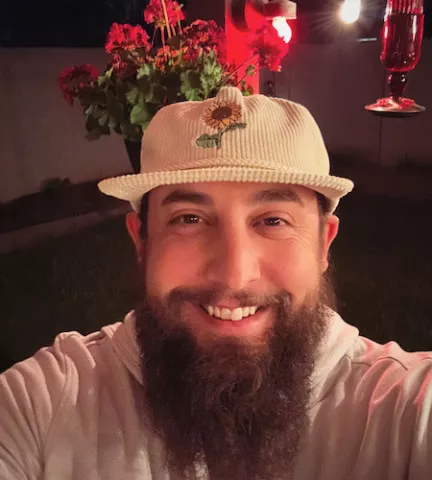
Around the country, students have organized protests to demand climate lessons, raised their voices at school board meetings and participated in national and international movements aimed at jolting elected leaders into taking action.
Educators like Wince are working to meet the demand for climate lessons authentically, by acknowledging what students are experiencing and helping them find a forum to raise their voices and affect change.
Think Local
One of Wince's tips is to look for untapped resources at local universities and city or municipal government offices.
In December, Wince’s U.S. history students gave “stop-start” presentations to administrators from the City of Tempe Office of Sustainability and Resilience. Using the framework of their own experiences to illustrate problems caused by climate change, the students offered ideas on what the city should stop or start doing.
Evelyn Brumfield, the Youth Climate Action Coordinator from the City of Tempe seeks to include youth voices like Wince’s students into conversations with other city decisionmakers.
“Having high school students perform research and then present their findings to city staff can be so powerful,” says Brumfield.
Wince also made a connection with Arizona State University professor Carlos Casanova, who, along with three doctoral students, helped the students use Youth Participatory Action Research techniques, in which students investigate, evaluate evidence, and then take action. They learned about topics ranging from zero waste and diversion, the local food system, extreme heat emergencies, and even how the city interacts with youth.
One of the students talked about how extreme hot temperatures led to failures in the power grid last summer. The student’s family lost all the food in their refrigerator multiple times, which added to their financial strain. The personal narrative was the framework for the student to present ideas on renewable power sources and conservation.
Finding a local focus is the best way to teach these big topics, says Wince, and he kept that idea at the forefront while he created the micro-credential on integrating climate topics for high school students. The idea of helping to solve local problems related to climate change is what inspires many students to fully engage.
“What I’m teaching in Arizona will not look identical to what teachers in Minnesota and Florida are teaching about,” Wince says. “Starting with our students’ lived experiences and helping them ask the right questions is the best place to start.”
More on Teaching Climate Change and Climate Justice
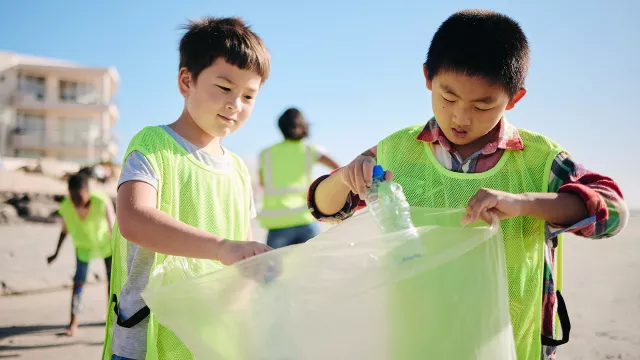
Teaching About Climate Change with Earth Day Activity Guides
